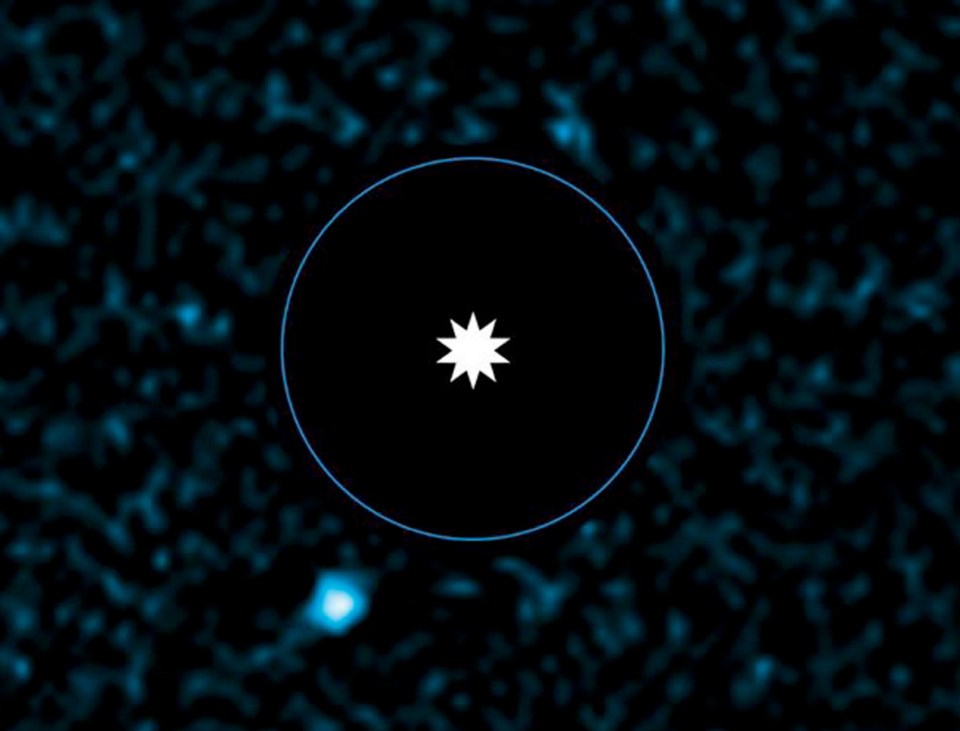Science got two major boosts in Victoria on Monday — the image of a new planet four times heavier than Jupiter, and big funding for microscopic genome research for humans and agriculture.
University of Victoria chemistry professor Christoph Borchers and his colleagues are receiving $6 million from Genome Canada for protein and molecular research.
UVic’s Genome B.C. Proteomics Centre, led by Borchers, will receive nearly $4.3-million; the Metabolomics Innovation Centre that he co-leads with David Wishart of Alberta will receive about $1.7 million.
The funding is a result of the centres’ significant services to the research community, said Genome B.C. spokeswoman Jennifer Boon.
When it comes to the big picture, that’s what 250 members of the International Astronomical Union got at the Victoria Conference Centre. How big? That would be the public unveiling of a rare image of a new planet outside our solar system as it orbits a star/sun about 300 light years from our own sun, said James Di Francesco, an astrophysicist at the Herzberg Institute of Astrophysics in Saanich.
In contrast, Earth is a mere 1/200,000th of a light year from our sun, or about 150 million kilometres.
“There have been thousands of exoplanets discovered, but very few have been spotted in pictures,” said Di Francesco, who organized the symposium. This one — named HD95086B — has the lowest mass yet imaged.
Barely a dozen extrasolar images have been directly imaged thus far, all in the last two decades because prior to that, they were unknown, said French astrophysicist Julian Rameau, a second-year PhD student from Paris. He led the three-person team that made the discovery
The planet is roughly the same diameter as Jupiter but four times heavier. To capture its image requires the blockage of immense amounts of light generated by the star/sun that keeps it in orbit, he said.
Di Francesco said that it is thrilling to announce the discovery in Victoria. The fact that it was the least massive means it was more challenging to detect. “That means that our ability to detect these planets is getting better and better. Right now, we’re seeing things that are just a few times the mass of Jupiter [although roughly the same diameter], which is the biggest planet in our solar system.”
“It’s big news — taking a picture of these planets is relatively rare,” Di Francesco said. Thus, it could signify that other less massive bodies might also be out there that scientists might conceivably capture in images in the future.
All of this contributes to scientists’ understanding of the formation and evolution of planetary systems — the topic of the International Astronomical Union symposium that runs until June 7.
The discovery is in the constellation Carina.
> A public talk about extrasolar planets will be held tonight at 8 p.m. at the Victoria Conference Centre, given by Yale University planet hunter Debra Fischer. For more info: dunlap.utoronto.ca/ research/iaus-299/public-talk/
> The Genome B.C. Proteomics Centre at UVic involves the large-scale study of proteins; the funds support its research into protein characterization, metabolomics and technology development. Metabolomics is the analysis of small molecule metabolites, with applications in diagnosing diseases, agriculture and food safety, and pharmaceutical research.



